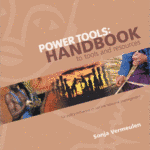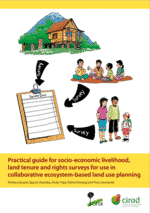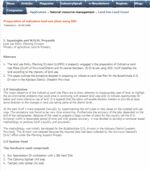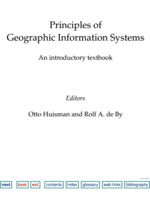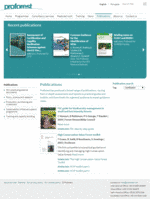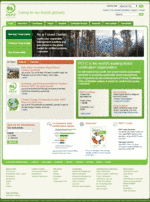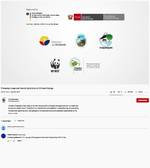Tools
A tool is a resource that supports and guides the implementation of SFM. This section includes all the tools available in the SFM Toolbox, which can be in form of publications, e-learning videos, software etc.
You can browse the Tools through keywords in the free search box or you can narrow the search using the filters on the right side of the page.
Power tools: handbook to tools and resources for policy influence in natural resource management
2005
2005
This handbook is a guide to tools and further information to tackle people’s marginalisation from decision-making in natural resource management. The tools are policy tools, aimed at influencing what organisations do in natural resource politics, markets and daily affairs. Since the tools have been developed to increase the influence of...
This guide aims to provide practical steps for field-based practitioners to follow in conducting socio-economic surveys of households and villages, including focus group discussions and key informant interviews. This guide is accompanied by nine Supporting Notes. These are essential tools for gathering socio-economic information, the results of which can be...
Forested riparian buffers are linear multiple-row plantings of trees, shrubs and grass designed primarily for water quality and wildlife habitat purposes. They are planted strategically along rivers, streams, lakes and some wetlands to prevent potential pollutants in agricultural runoff (sediment, nutrients, pesticides, pathogens) from reaching surface waters.
Forested buffers are best...
The land use Policy Planning Division (LUPPD) was engaged in the preparation of Indicative Land Use Plans (ILUP) of Provincial/District and Divisional Secretary (D.S) levels using GIS. ILUP classifies the land according to the intensity of land use.
This article outlines the procedure adopted in preparing an indicative Land Use Plan...
This course describes the planning and preparation phase of a national forest inventory (NFI).
This course is primarily intended for people who are involved in NFIs but can be taken by anyone with an interest in the subject. Specifically, this course targets: Forestry technicians; National forest monitoring teams; Foresters and forestry...
The book presents the basic principle of geospatial data acquisition limiting the scope to the intersection of earth observation and remote sensing. The design of the book was governed by the aim to cover the interests of a very wide user spectrum and the restriction that a novice student of...
Proforest is a network that helps people to manage and source natural resources sustainably. Its team is made up of experts in the responsible production and sourcing of palm oil, soy, sugar, beef, timber and other agricultural and forest commodities. Proforest is a not-for-profit group that works with governments, producers...
The Programme for the Endorsement of Forest Certification (PEFC) is an international non-profit, non-governmental organization dedicated to promoting Sustainable Forest Management (SFM) through independent third-party certification.
PEFC works throughout the entire forest supply chain to promote good practice in the forest and to ensure that timber and non-timber forest products are...
REDD+, as agreed upon under the UNFCCC (disregarding the source of support, e.g. market, nonmarket, public, private, etc.), focuses on reducing carbon emissions while safeguarding other social and environmental values. Results are to be measured and expressed in tonnes of CO2-equivalent per year. However, REDD+ also represents a tremendous opportunity...
This video explains the vital role of Amazon Protected Areas in contributing to climate change mitigation and adaptation, both on global and local scales. It argues that Protected Areas should be included in climate change strategies and development plans of the Amazon countries, in order to facilitate climate resilient development...

